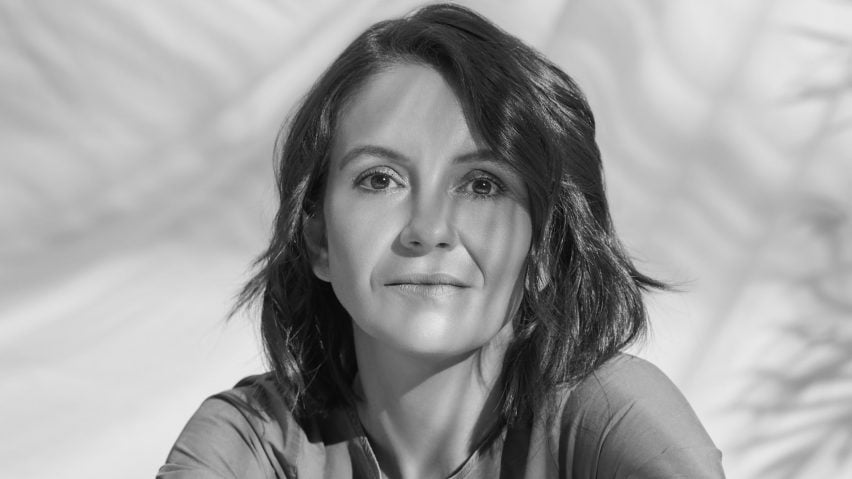
Architecture a "powerful tool" for easing strains of migration says Gabriela Carrillo
Walls are the wrong architectural response to mass migration and violence in border cities, says Mexican architect Gabriela Carrillo in this interview.
"[Migrants] are running away from very complex issues in the places where they are from," Royal Academy Dorfman Prize 2023 winner Carrillo told Dezeen.
"We believe that this phenomenon has an impact on the cities and the architecture and the way it is inhabited."
"There should be resources that can ease the flood of people that are part of our world today – not only in Mexico but everywhere."
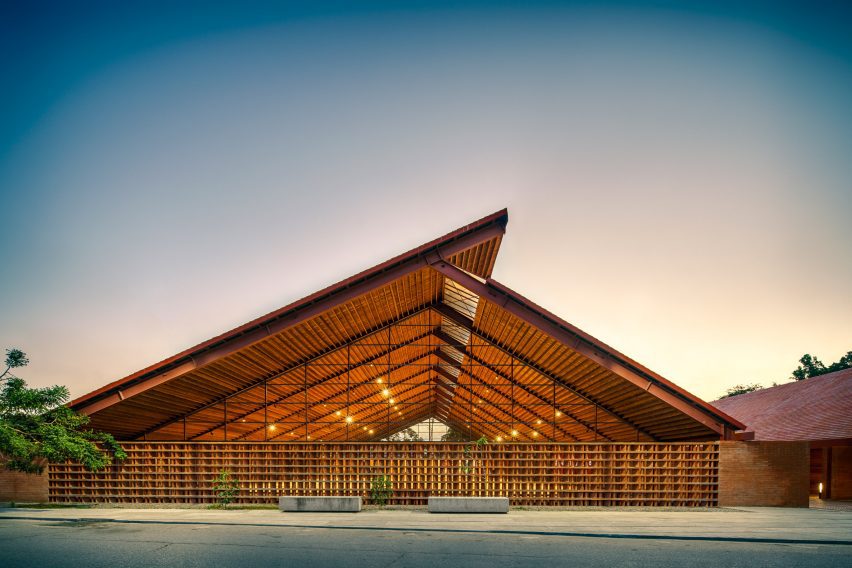
Infrastructure and social services in North American border cities are coming under continued pressure amid a marked rise in migration, particularly from Mexico into the US, with nearly 2.5 million people attempting to make the crossing in 2023.
Carrillo said Mexicans are increasingly fleeing "the humanitarian crisis of natural disasters and forced displacements due to violence".
Many of the migrants attempting to cross into the US are from countries other than Mexico, and often end up stuck and destitute in Mexican border cities after being turned away by American security forces.
Migration "like a flood"
Carrillo argued that changing government policies, especially former US president Donald Trump's infamous wall, have not only exacerbated the difficulties facing Mexican border cities but fundamentally changed them as places.
"Having Donald Trump and the policies behind building walls created a big crisis in the country," she said.
"Today, because of all these policies, whole cities have changed in urban terms. All the public spaces now are filled with people."
Other relevant examples include the Merida Initiative, a bilateral security agreement between the United States and Mexico.
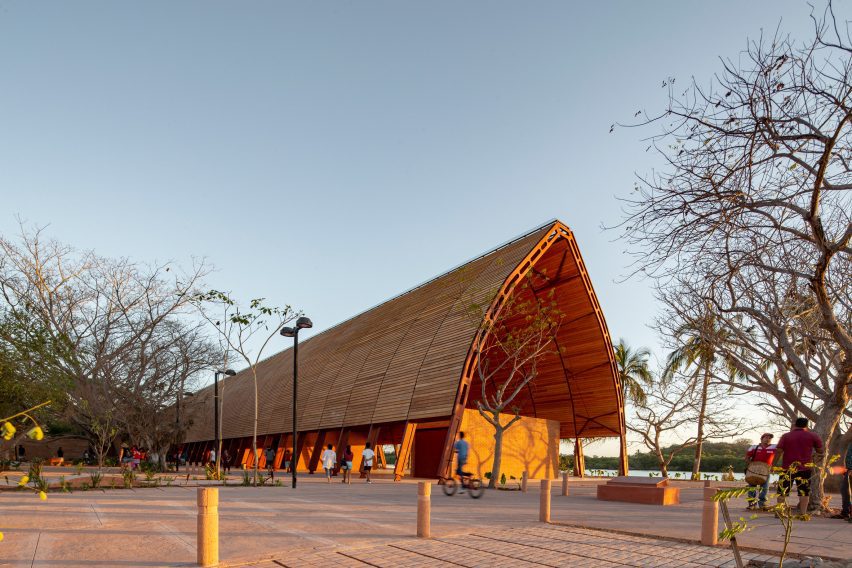
Meanwhile, the Biden administration has continued to attempt to limit crossings, with the president last week signing an executive order that bars people who have crossed the border illegally from seeking asylum when the border is "overwhelmed".
"For us that is an opportunity to think how architecture can develop and work with these phenomena," Carrillo said of the changes and challenges in the border towns.
"Architecture is a powerful tool to add space and [...] infrastructure to avoid all these issues, especially the social issues and violence."
Having studied at UNAM, Carrillo worked in the office of fellow Mexican architect Mauricio Rocha for nearly two decades before founding her firm, Taller Gabriela Carrillo, in 2019.
That same year, Carrillo formed Colectivo C733 with Carlos Facio, Eric Valdez, Israel Espín and José Amozurrutia, quickly being commissioned by Mexico's Secretariat of Agrarian, Land, and Urban Development (SEDATU), to design 35 structures including markets and transits stations, many in border cities.
She became focused on architecture that responds to crises after dealing with displacement caused by Mexico's devastating 2017 earthquake.
Like earthquakes, migration, she said, is a natural force.
"It's like it's a flood," she said. "It is in motion – and architecture, in its nature, has this idea of being established somewhere," she said.
"Of course, there's ephemeral architecture and emergency architecture. But in this case, it's not an emergency, it's something that happens."
"What we are doing today in our studio is finding out what infrastructure might be significant to help the people who are moving, but at the same time to create resources to keep cities in better conditions."
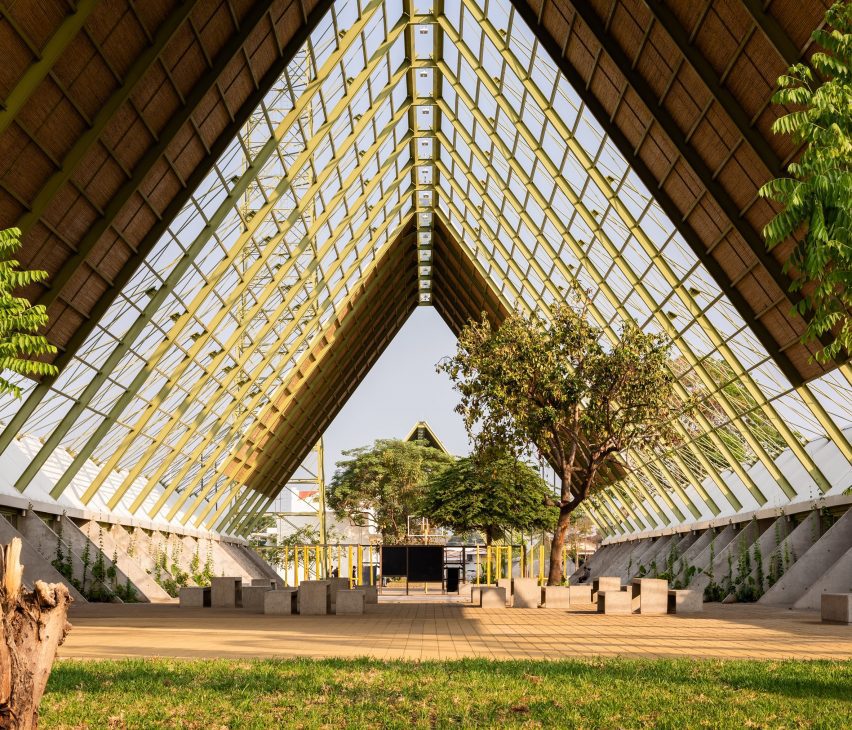
These investigations have led to many projects, from open-air markets to baseball stadiums built to welcome the community and withstand flooding from heavy rains.
However, Carrillo also noted that large architectural projects are not always the best solution.
"Operating, maintaining, organising a larger-scale project requires more complex logistics," she said.
"Small infrastructures that address the specific needs of the local population can end up being more efficient. I don't mean that there shouldn't be large-scale projects, it's just that this smaller scale has an important local weight."
She said that something as simple as cleaner rivers for bathing and smaller-scale design solutions such as fire pits for staying warm at night and hats that can double as pillows are important to meet the "basic needs" of stricken migrants.
"There's a lot of optimism behind our work"
While many of C733's projects are near the northern border, it has also worked on projects in the south of the country along the border with Guatemala, such as Tapachula, where C733 transformed a former railway station into a community centre with a massive wooden canopy.
"It is a lively and active space throughout the day, with cultural, sports and social activities," she said. "As part of the program, there are workshops aimed at migrants and a series of medical services that they don't regularly have access to."
Such endeavours are not always welcomed by the local community, however.
While the Tapachula project was designed to be an open part of the urban fabric, its operators have decided to run a single point of access.
"For us it's a shame that the building has lost that flexibility," said Carrillo.
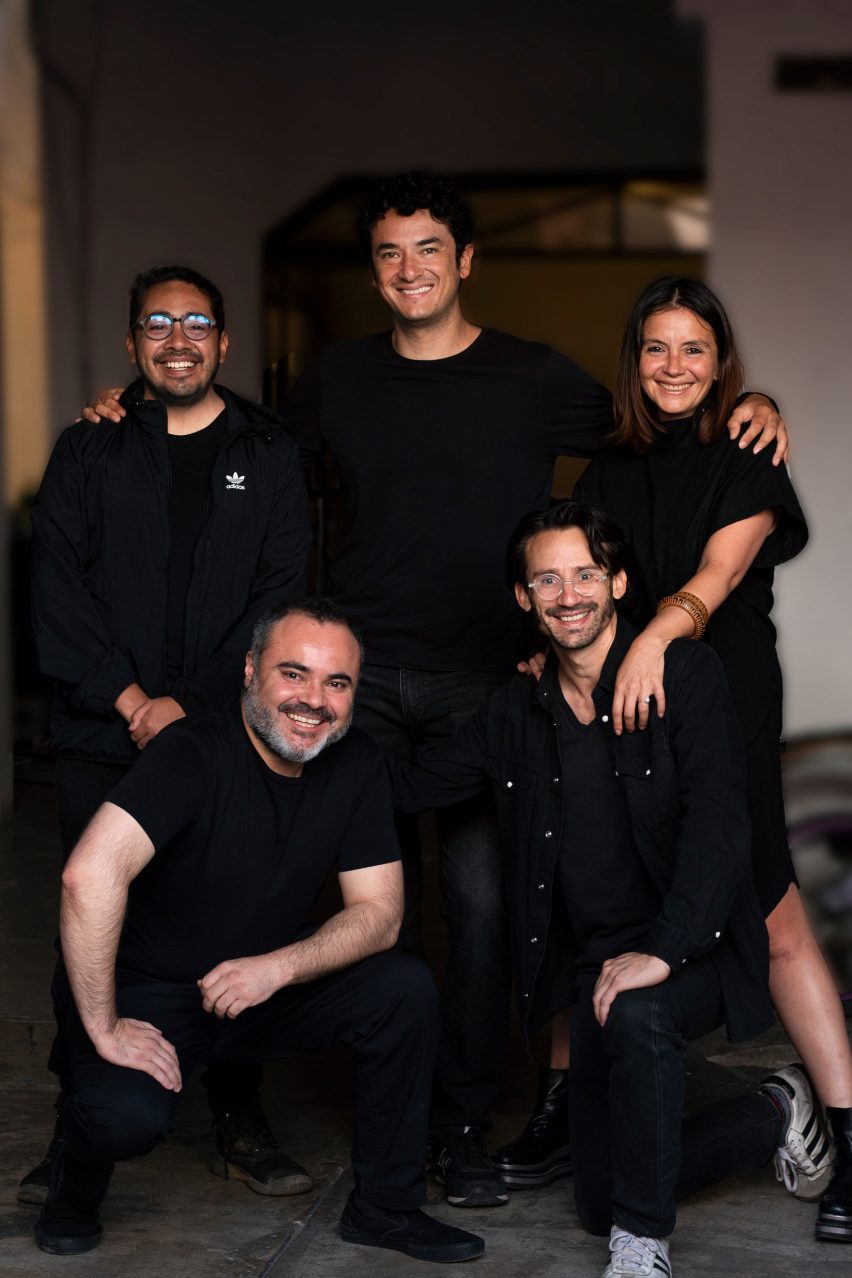
She insisted that while the migration issue is central to the studio's thinking, projects must also adhere to the needs of the people living permanently in the cities.
"I think resources can range from the most basic places – sufficient quality and free public spaces, access to services such as public bathrooms, affordable and dignified accommodations, connectivity systems that give weight to light connectivity such as bikes and pedestrians," she said.
Carrillo argues that old ways of thinking, both in terms of characterising migrants as criminals and architectural responses that prefer walls to shelters, need to change to address the issues humanely.
Opening public spaces and providing infrastructure for migrant populations are better ways to deal with the current crises than building walls – both border walls and a trend toward fortifying structures in cities through gates and limited public spaces, she said.
"Mexicans are arguing because someone from the north wants to build a wall, but we build walls [too]," she said. "We believe that walls create security and that is not true."
"Where walls happen, where people are not looking, where there is not a sense of community, that is where violence is happening."
She believes that part of the instinct to use walls as a safety measure more a matter of habit than rooted in ideas about architecture or urbanism.
"The problem is that we are used to and we replicate actions; we replicate that architecture and we replicate that way of doing architecture," she said.
"This idea of building huge is also this idea of a capitalistic and occidental world, but we have an opportunity to reinvent ourselves. There's a lot of optimism behind our work."